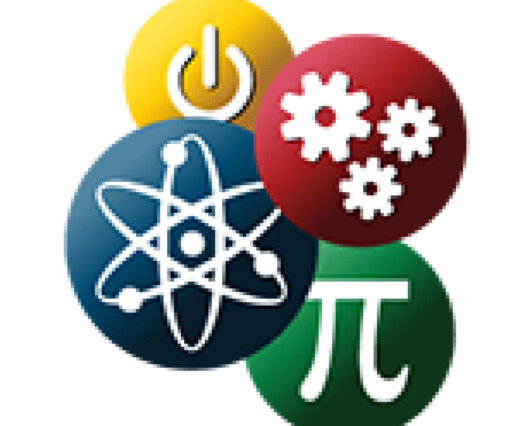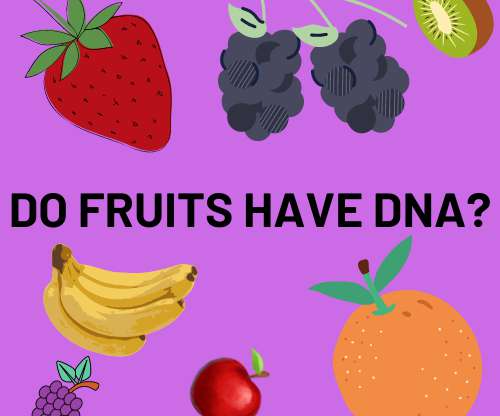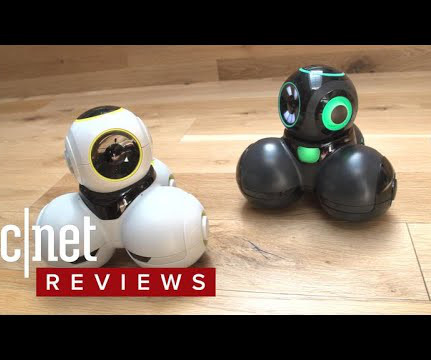Hard vs Soft Skills in STEM Education
STEM Sport
OCTOBER 17, 2023
While hard skills provide the foundational knowledge and technical expertise necessary to solve complex problems and conduct research, soft skills enable effective communication, teamwork, and adaptability. Here are some primary hard skills: Data Analysis: The ability to collect, interpret, and draw meaningful conclusions from data.












Let's personalize your content